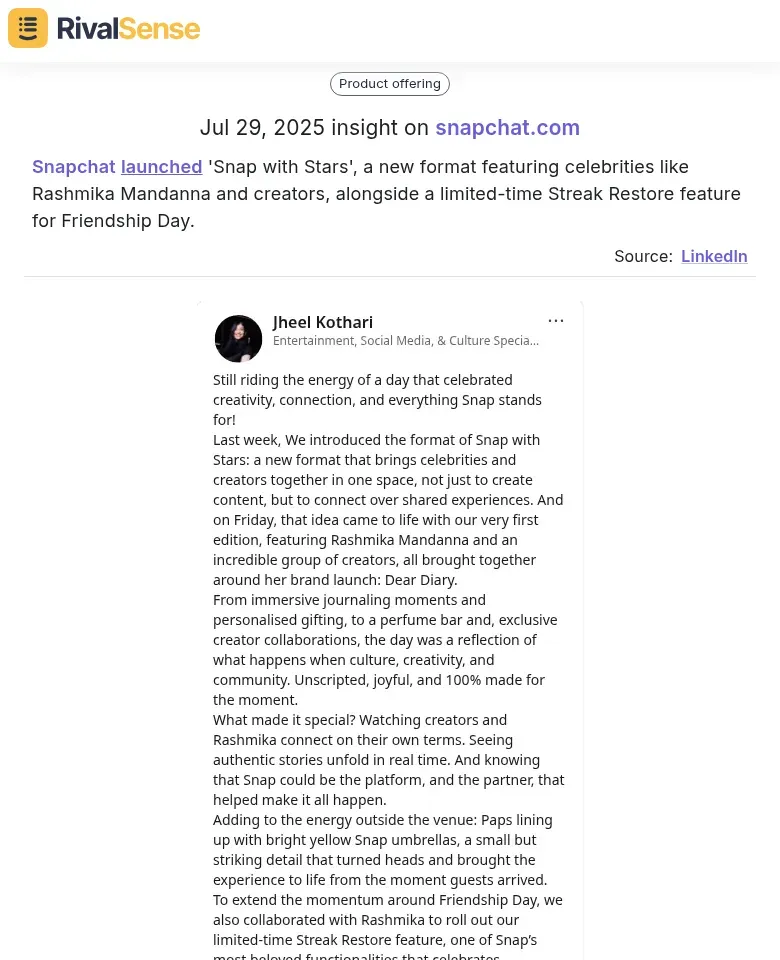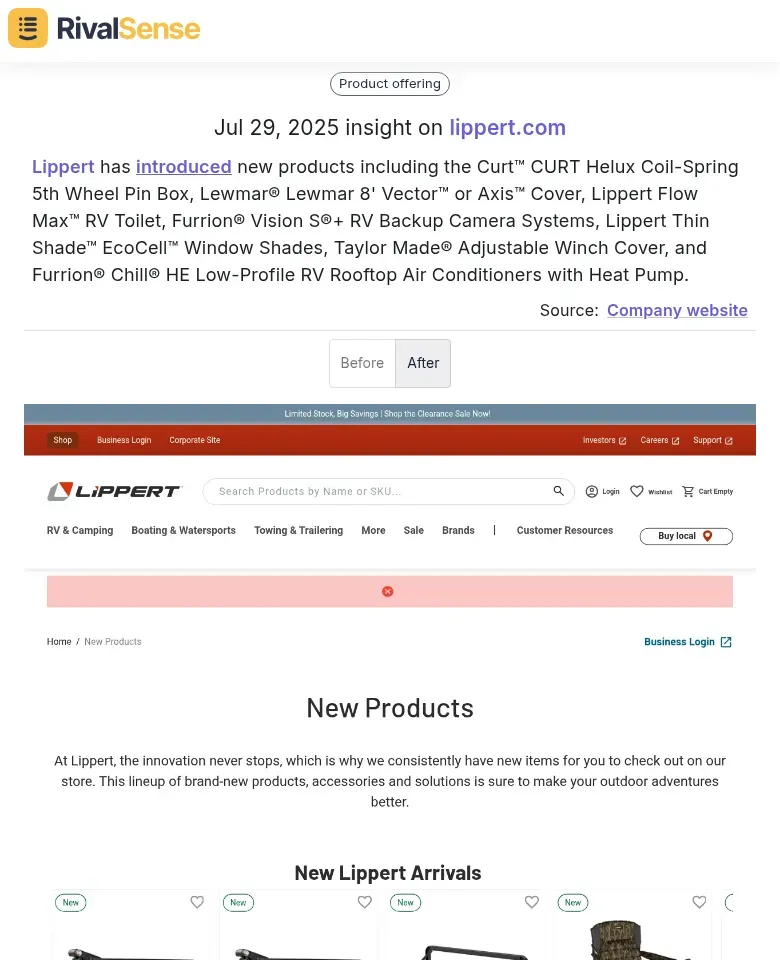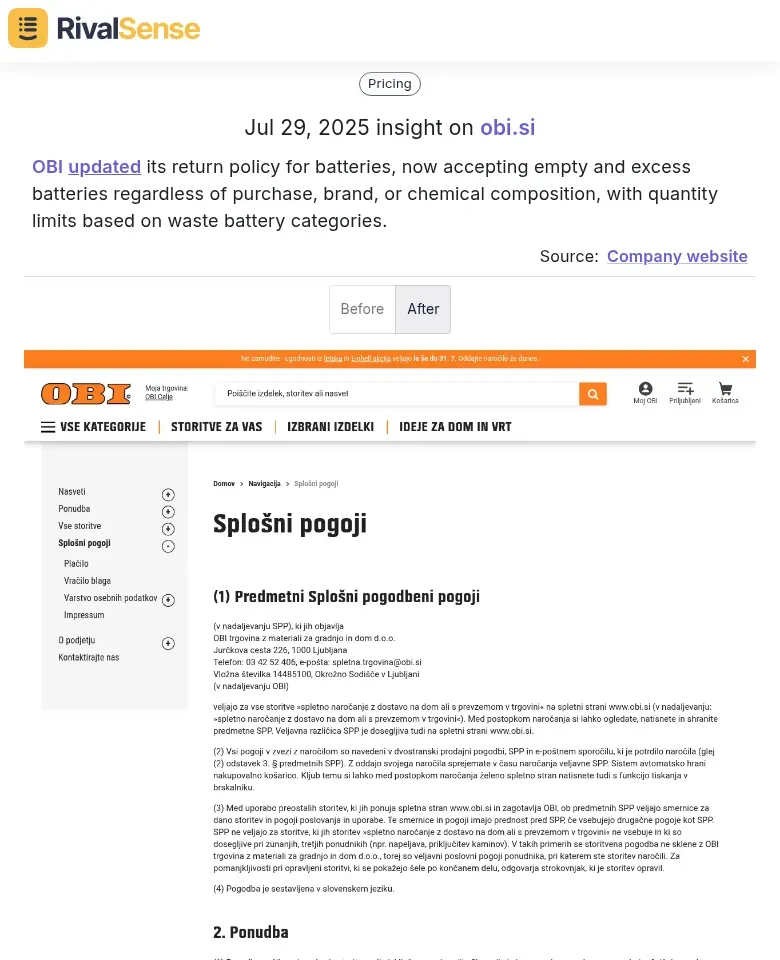Market Intelligence for Strategic Decision Making: Turning Data into Action
In today’s fast-paced business environment, market intelligence is not just about collecting data—it’s about making informed decisions that keep you ahead of the competition. Whether you're a founder, CEO, or business leader, understanding how to leverage market intelligence effectively can be the difference between leading the market and playing catch-up. Here’s how you can transform your approach to market intelligence for better decision-making, with practical steps and insights that go beyond the obvious.
The Problem with Traditional Market Intelligence
Many businesses fall into the trap of equating more data with better intelligence. They subscribe to countless industry reports, set up numerous news alerts, and yet find themselves blindsided by market shifts that "came out of nowhere." The issue isn’t the volume of data but the strategy behind its collection and analysis. Focusing on decision impact rather than data accumulation is crucial for true competitive advantage.
Practical Tip: Conduct a source audit. Identify which sources have directly influenced a business decision in the past year. Focus on quality over quantity.
Building an Early Warning System
Instead of building a library of sources, think of your market intelligence as an early warning system. This means connecting internal, external, and specialized sources to spot patterns before they become obvious. Proactive intelligence requires strategic source selection and integration.
Checklist for an Effective Early Warning System:
- ✅ Internal Sources: Capture insights from sales, customer service, and operations
- ✅ External Sources: Monitor regulatory discussions, economic indicators, and competitor activities
- ✅ Specialized Sources: Track patents, technical forums, and non-English publications
Leveraging Internal Intelligence
Your team is a goldmine of untapped intelligence. Sales conversations, customer service interactions, and operational data often contain early signals of market shifts. Systematically capturing these insights transforms anecdotal observations into actionable strategy.
Example: If multiple sales reps report sudden interest in a specific feature, this could indicate a broader market trend. Connecting this with competitor movements might reveal an upcoming demand spike.
Actionable Step: Implement structured processes to document and analyze internal insights weekly.
External Sources: Reading Between the Lines
Industry reports and news alerts are only as valuable as your ability to interpret them. Look for methodology details, geographic breakdowns, and data footnotes that reveal hidden trends. Competitor monitoring provides particularly high-value signals for strategic adjustments.
Tip: Track adjacent industries and regulatory discussions for forward-looking signals that impact your market positioning.
Specialized Sources: Your Competitive Edge
Specialized sources, such as non-English publications and patent databases, provide insights your competitors might miss. These often contain early indicators of market shifts before they hit mainstream channels.
Example: A manufacturing company monitoring Portuguese-language sources in Brazil identified 500+ leads from local plant expansions six months before competitors reacted.
Connecting the Dots
The real power of market intelligence lies in synthesizing disparate data points. Combining sales feedback with regulatory changes and competitor activities can reveal market shifts before they materialize. Pattern recognition across sources is where intelligence becomes actionable.
Practical Advice: Hold monthly cross-functional analysis sessions to identify emerging patterns across data streams.
Competitor Intelligence in Action
Tracking competitor moves provides direct strategic insights for your own decision-making. Real-time awareness of their product launches, policy changes, and innovations helps you anticipate market shifts and respond proactively. Here are illustrative examples:
-
Snapchat's Engagement Strategy Shift

Snapchat launched 'Snap with Stars' featuring celebrities alongside a limited-time Streak Restore feature.
Why it matters: Tracking such launches reveals competitors' engagement tactics and feature innovations, helping you refine your own product roadmap 🚀 -
Lippert's Product Expansion

Lippert introduced 7+ new products including specialized RV components.
Why it matters: Monitoring competitor product releases signals emerging market needs and gaps in your offerings 📦 -
OBI's Sustainability Policy Update

OBI updated its battery return policy to accept any brand regardless of purchase.
Why it matters: Policy changes often precede industry-wide shifts in sustainability standards ♻️, allowing you to adapt early
Measuring Impact
Don’t just track the volume of insights—measure their impact on business decisions. Focus on outcomes rather than inputs to refine your intelligence approach continuously.
Key Questions to Ask:
- 🔍 How often did intelligence predict market changes?
- ⏱️ What time advantage did we gain over competitors?
- 💡 How many strategic decisions were intelligence-driven?
The Bottom Line
Effective market intelligence transforms data into decisive action. By prioritizing decision impact over data volume, connecting specialized sources, and continuously measuring outcomes, you convert information into sustainable competitive advantage. The right intelligence approach makes market leadership intentional, not accidental.
Ready to transform your market intelligence? Try RivalSense for free and get your first competitor report today. It tracks product launches, pricing changes, partnerships, regulatory updates, and media mentions across 80+ sources—delivering actionable insights in a weekly email. Start making smarter decisions now →
FAQs
How do I know if my sources are working?
Trace recent business decisions back to intelligence sources. If you can't establish clear links, recalibrate your monitoring focus.
Why are competitors always ahead?
They likely monitor sources you overlook—non-English publications, regulatory filings, or niche industry forums where early signals emerge.
Should I monitor non-English sources?
Absolutely for global operations. Critical market shifts often appear in local languages months before international coverage.
📚 Read more
👉 Avoid These 5 Mistakes When Creating E-Commerce Competitor Profiles
👉 How Banamex's AI Hire Spurred Rival's Digital Strategy Shift
👉 Boost Productivity with Instagram Competitor Insights
👉 UpPromote vs Competitors: Leveraging Market Intelligence for Shopify Growth
👉 Regulatory Benchmarking: Turning Compliance into Competitive Advantage
